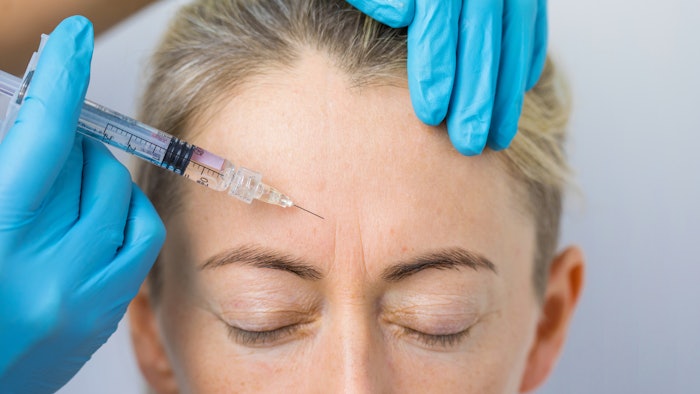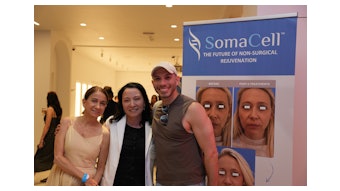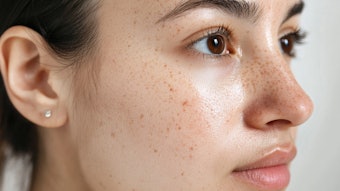
A retrospective cohort study of 370 board-certified dermatologists, published in JAMA Dermatology (December 30, 2020), found that the risk of vascular occlusion due to soft tissue filler injections is exceedingly low (1 in 6,410 syringes via needle and 1 in 40,882 via microcannula injector) among this group of providers. In addition to a reduced risk with the use of cannulas, authors Murad Alam, MD, MBA, et al, found that the risk of vascular occlusion diminished based on years in practice.
Participants in the study included a random sample of board-certified dermatologists deemed eligible based on membership in relevant professional societies and attendance at relevant national professional meetings. The physicians completed detailed forms between August 2018 and August 2019 in which they could enter deidentified data and volume statistics pertaining to patients undergoing filler procedures in their practices.
The primary outcome measure was intravascular occlusion. Occlusion events were graded by severity (no sequelae, scar, and ocular injury or blindness).
The 370 dermatologists had a mean of 22.3 [11.1] years in practice and a reported 1.7 million syringes injected. The risk of occlusion, regardless of filler type and needle or cannula injector, never exceeded 1 per 5,000 syringes injected. Of the 370 participants, 106 (28.6%) reported at least one occlusion.
The investigators found that experience, both in terms of career longevity and volume of procedures performed, impacted the rates of occlusion. Participants who had been injecting fillers for more than five years had 70.7% lower odds of occlusion than those who were less experienced. For each additional injection performed per week, the odds of occlusion decreased by 1%. Anatomical areas presenting the highest rate of vascular occlusion included the nasolabial folds and lips, with mean severity level of occlusions highest at the glabella.
Read the full study here.











